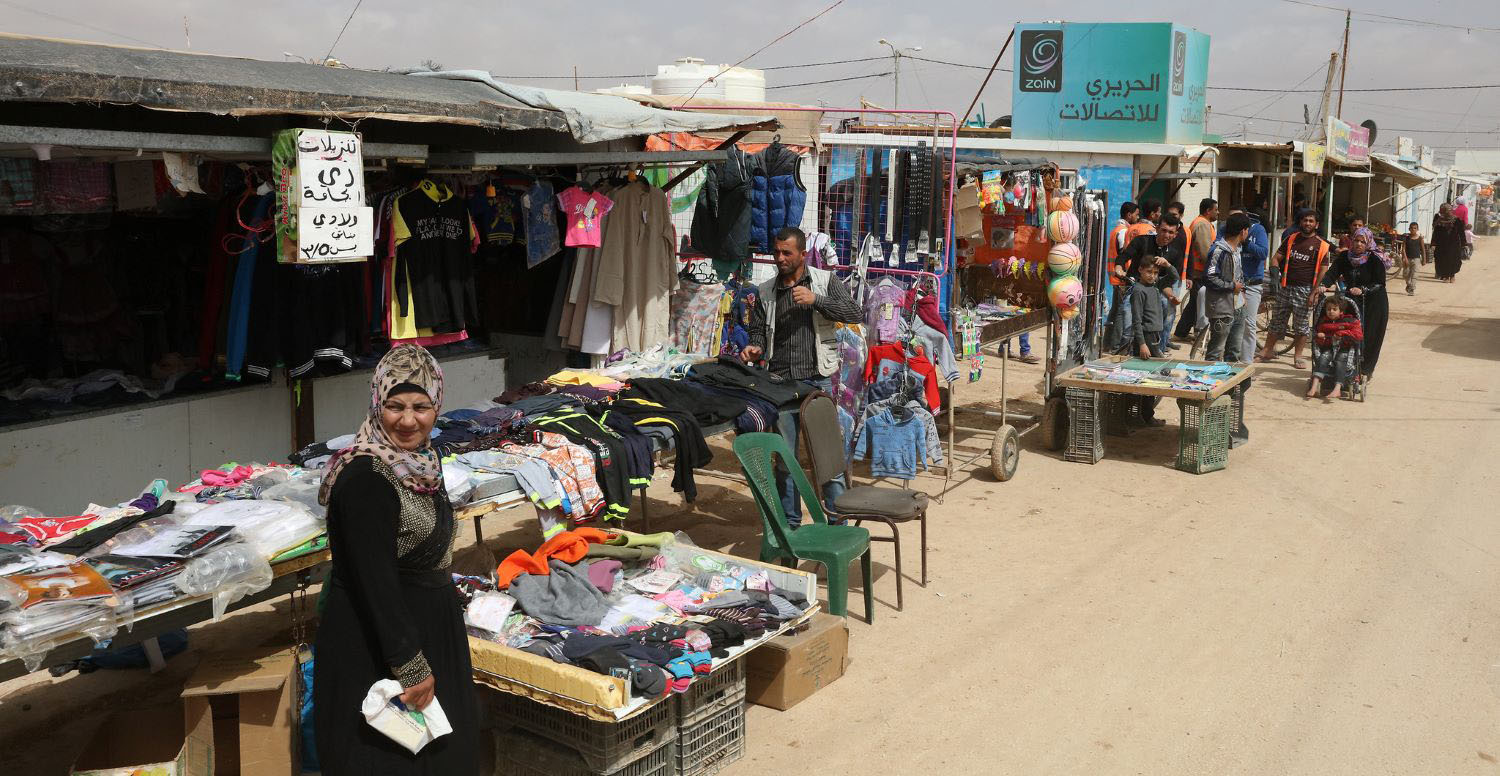Are your wages determined by what you know, or where you live? This paper compares the wages of workers inside the United States to the wages of workers outside the United States. Comparing wages alone isn’t enough, because workers in (say) Bolivia could differ from workers in the U.S. in many ways—some of them easily observed, such as their level of education, and others less easily observed.
A rich new dataset on over two million workers around the world allows the analysis to control for several observable factors besides location that might affect wages, notably including country of birth and country of education. But just because a Bolivian in the U.S. is identical to a Bolivian in Bolivia by these observable measures, these two workers may not be identical in all ways: one of them was willing to move and incur the various costs of doing so, and one of them might differ from the other in unseen ways, such as risk-tolerance or entrepreneurial spirit. The paper uses several independent methods to estimate how such differences might bias its estimates, including new data on who what kinds of people choose to emigrate from nine different developing countries.
Following all of these adjustments the paper estimates that the wages of a Peruvian worker willing to work in the United States are about 2.6 times as much as the same person would make in Peru. This figure for Peru is typical among the 42 developing countries analyzed, but for some it is much higher. For Filipino it is around 3.5, and for a Haitian it is over 7. In other words, a Nigerian moderately-educated adult male urban formal-sector wage worker who moves to the U.S. increases his wages by several hundred percent.
The implications of these enormous differences are profound: (1) these gaps represent one of the largest remaining price distortions in any global market; (2) for many countries, the wage gaps caused by barriers to movement across international borders are among the largest known forms of wage discrimination, typically much larger than wage discrimination based on ethnic group or gender within spatially integrated labor markets; and (3) these gaps imply that simply allowing labor mobility can reduce a given household’s poverty to a much greater degree than most known antipoverty interventions inside developing countries.
Rights & Permissions
You may use and disseminate CGD’s publications under these conditions.





